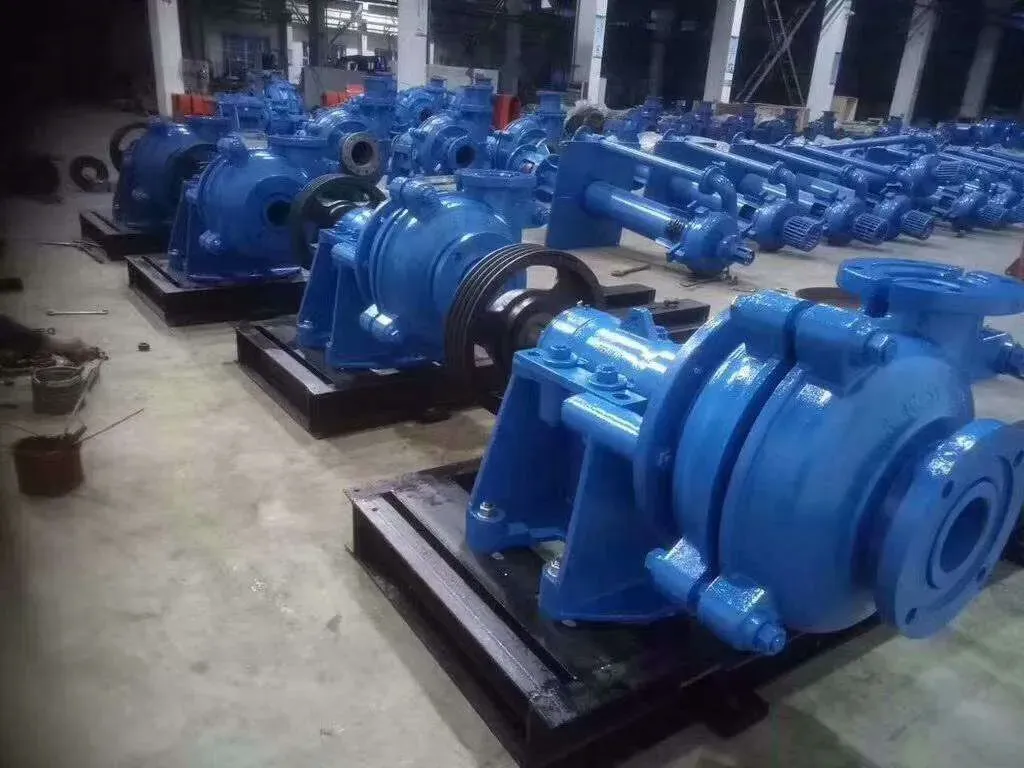Miao
- Afrikaans
- Albanian
- Amharic
- Arabic
- Armenian
- Azerbaijani
- Basque
- Belarusian
- Bengali
- Bosnian
- Bulgarian
- Catalan
- Cebuano
- Corsican
- Croatian
- Czech
- Danish
- Dutch
- English
- Esperanto
- Estonian
- Finnish
- French
- Frisian
- Galician
- Georgian
- German
- Greek
- Gujarati
- Haitian Creole
- hausa
- hawaiian
- Hebrew
- Hindi
- Miao
- Hungarian
- Icelandic
- igbo
- Indonesian
- irish
- Italian
- Japanese
- Javanese
- Kannada
- kazakh
- Khmer
- Rwandese
- Korean
- Kurdish
- Kyrgyz
- Lao
- Latin
- Latvian
- Lithuanian
- Luxembourgish
- Macedonian
- Malgashi
- Malay
- Malayalam
- Maltese
- Maori
- Marathi
- Mongolian
- Myanmar
- Nepali
- Norwegian
- Norwegian
- Occitan
- Pashto
- Persian
- Polish
- Portuguese
- Punjabi
- Romanian
- Russian
- Samoan
- Scottish Gaelic
- Serbian
- Sesotho
- Shona
- Sindhi
- Sinhala
- Slovak
- Slovenian
- Somali
- Spanish
- Sundanese
- Swahili
- Swedish
- Tagalog
- Tajik
- Tamil
- Tatar
- Telugu
- Thai
- Turkish
- Turkmen
- Ukrainian
- Urdu
- Uighur
- Uzbek
- Vietnamese
- Welsh
- Bantu
- Yiddish
- Yoruba
- Zulu
Telephone: +86 13120555503
Email: frank@cypump.com
Jul . 30, 2024 23:34 Back to list
Innovative Self-Priming Sewage Pumps from China Designed for Efficient Wastewater Management Solutions
Self-Priming Sewage Pumps A Solution for Efficient Wastewater Management in China
Sewage management has become a critical concern in urban and industrial areas across China, primarily due to rapid urbanization and population growth. One of the solutions that have gained prominence in addressing this issue is the self-priming sewage pump. These pumps offer several advantages that make them suitable for various applications, ranging from residential infrastructure to large-scale wastewater treatment facilities.
Understanding Self-Priming Sewage Pumps
Self-priming sewage pumps are designed to facilitate the transfer of wastewater without the need for an external priming source. Unlike conventional pumps, which may require manual priming or additional equipment to remove air from the system before operation, self-priming pumps can generate enough suction to lift the fluid from a lower source, such as a sump or pit. This makes them particularly useful in environments where accessibility and manual intervention can be challenging.
The design of self-priming pumps allows them to handle solid waste efficiently, making them applicable in the sewage and wastewater management sectors. They typically feature a specially designed impeller and a casing that can accommodate both liquid and solid materials, ensuring that even heavier solids can be moved without clogging the system.
Applications in China
In China, self-priming sewage pumps are employed in a variety of applications. They are commonly used in urban sewage treatment plants, where they help transport wastewater to treatment facilities. Additionally, they are crucial in construction sites to manage wastewater during the building process and in industrial settings where effluent must be disposed of efficiently.
Moreover, the increasing demand for improved sanitation infrastructure in rural and less developed areas has further spurred the adoption of self-priming pumps. These areas often face challenges related to water supply and sewage management, making the self-priming feature a significant advantage in reducing reliance on manual intervention and minimizing labor costs.
china self priming sewage pump

Advantages of Self-Priming Pumps
One of the most significant benefits of self-priming sewage pumps is their efficiency. They can operate in a multitude of environments, maintaining functionality even when submerged or dealing with varying water levels. Their ability to handle slurries containing solid waste without clogging reduces downtime and maintenance costs, making them an economical choice for many municipalities and businesses.
Another critical advantage is the ease of installation. Self-priming pumps require less complex piping and installation setups compared to traditional pumps, which often necessitate specific configurations to ensure proper priming. This feature not only reduces initial construction costs but also allows for greater flexibility in design and implementation.
Additionally, the energy efficiency of self-priming sewage pumps contributes to lower operational costs. Many models are designed to operate at lower horsepower while still providing high output, thereby reducing electricity consumption and contributing to sustainability efforts in wastewater management.
Environmental Impact and Sustainability
As China continues to focus on green technology and sustainable practices, self-priming sewage pumps align well with these objectives. By optimizing wastewater management processes and reducing environmental hazards associated with untreated sewage, these pumps play a vital role in maintaining ecological balance.
In conclusion, self-priming sewage pumps represent a pivotal innovation in the realm of sewage management in China. Their operational efficiency, ease of installation, and cost-effectiveness make them suitable for various applications, ensuring that both urban and rural areas can manage their wastewater effectively. As China's cities evolve and expand, the integration of advanced technologies like self-priming sewage pumps will be crucial in fostering sustainable development and protecting water resources.
-
Heavy-Duty Mining Sludge Pumps - Wear-Resistant Slurry Handling
NewsAug.02,2025
-
Horizontal Split Case Pump with GPT-4 Turbo | High Efficiency
NewsAug.01,2025
-
ISG Series Pipeline Pump - Chi Yuan Pumps | High Efficiency, Durable Design
NewsAug.01,2025
-
Advanced Flue Gas Desulfurization Pump with GPT-4 Turbo | Durable & Efficient
NewsJul.31,2025
-
ISG Series Vertical Pipeline Pump - Chi Yuan Pumps | Advanced Hydraulic Design&Durable Construction
NewsJul.31,2025
-
ISG Series Vertical Pipeline Pump - Chi Yuan Pumps | Energy Efficient & Low Noise
NewsJul.31,2025










